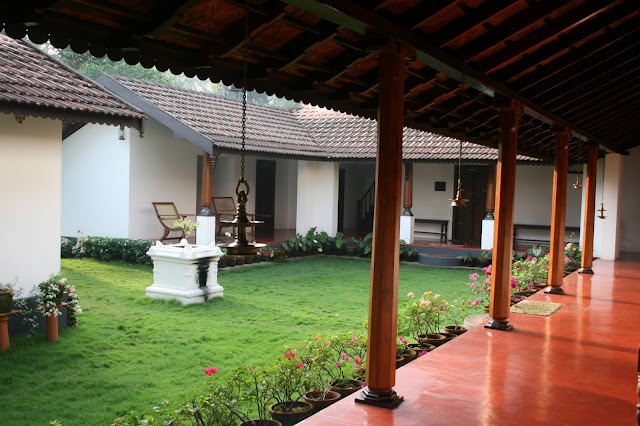INDIAN HERITHGE (A Premise for Arguments) (Page 4)
The Gulf between Theory and Practice
The end-purpose of any theory is to achieve ethical results or a principled practice. But what is ethical conservation and who defines it? The parameters, or rather the principles and the methods of ethical conservation are constrained and defined by the context in which it is going to be exercised and are moderated by the temporal dynamics. However, a continuous dialogue on the same helps US grow and build an understanding of the exclusive Indian situations. Who is responsible for defining "ethical conservation'- the international Charters? the national constitution? the bureaucrats? the local authorities? an obsolete conservation manual written half a century back? NGOs? the Scholars/academicians? the conservation professionals? the local building Workmen? or the different and presupposed indifferent people to whom the heritage belongs?
There exists a strong widespread and conspicuous culture of arm-chair conservation in our country with respect to limited on-ground conservation. Making management plans, frameworks, strategies, conservation guidelines and heritage committees for heritage sites and areas seem to be the mantra with the relevant professionals; however, the application of these has its own set of challenges. Are these impractical propositions or is it a more discreet problem of not thinking application and action at the time of theorising? This also takes forward the serious discussion on who defines ethical conservation as more often than not the ones who define and the ones who practice are not the same. To quote a proverb (that I took much fascination to) from conservation architect Ratish Nanda, the gulf between theory and practice is real and needs to be addressed but, "who will bell the cat?"
(Continues...)




Comments
Post a Comment